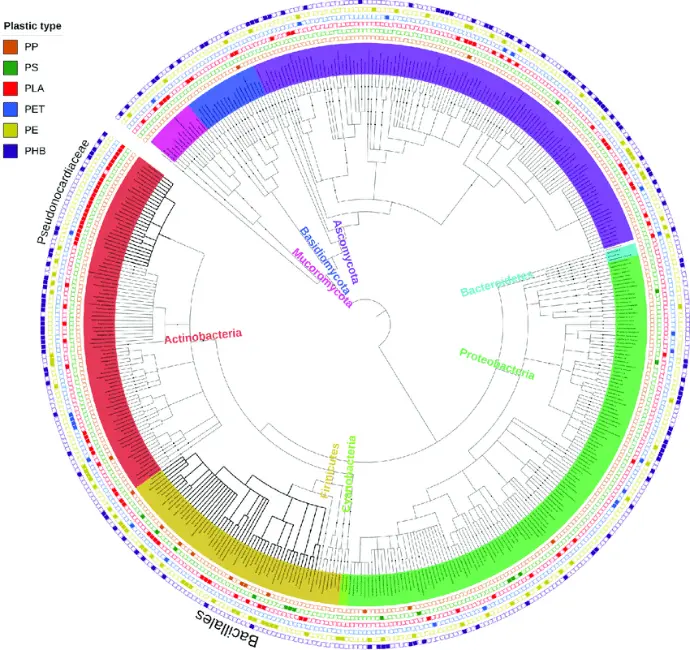Bacterial Pioneers: How Rare Phyla Shape Ecosystems and Evolution
The bacterial phyla Aquificae, Thermotogae, Thermodesulfobacteria, Deinococcus–Thermus, Chrysiogenetes, Chloroflexi, Thermomicrobia, Nitrospira, Deferribacteres, Cyanobacteria, and Chlorobi represent a diverse group of lineages that provide unique insights into microbial evolution, physiology, and ecological functions. Many of these phyla are adapted to extreme environments, such as hot springs, hydrothermal vents, and anaerobic niches, where they play pivotal roles in biogeochemical cycling of sulfur, nitrogen, iron, and carbon. For example, Aquificae and Thermotogae are among the most thermophilic bacteria known, thriving at temperatures near boiling point, while Deinococcus–Thermus includes radiation-resistant species like Deinococcus radiodurans, a model for DNA repair studies. Cyanobacteria and Chlorobi are phototrophic groups, the former credited with oxygenic photosynthesis that shaped Earth’s atmosphere, and the latter utilizing anoxygenic photosynthesis in specialized niches. Meanwhile, Nitrospira are central players in nitrification, recently discovered to carry out complete ammonia oxidation (comammox), reshaping our understanding of the nitrogen cycle. Collectively, these phyla not only highlight bacterial adaptability but also illustrate how microbial diversity underpins ecological stability, industrial applications, and, in some cases, potential links to human health and disease through metabolic interactions.179-1077-1-PB.pdf
